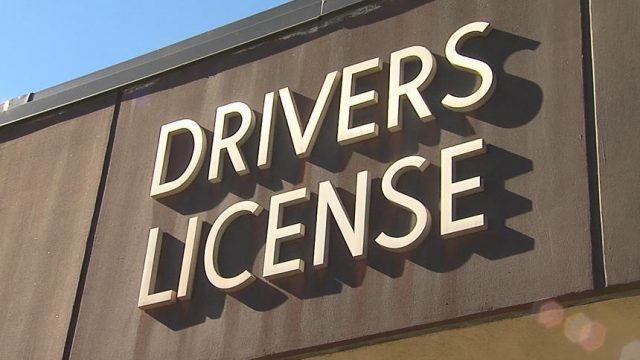Guest Post: Is Driver Safety Not Even Worth a Quarter?

This guest post was submitted by Jim Keller, a high school math teacher and driver’s education instructor from Elgin, North Dakota. He is a past president of the North Dakota Driver Traffic and Safety Education Association.
SB 2156 requested $1 per non- commercial vehicle license in North Dakota to support Driver’s Education in all public and private high schools.
Driving is one life skill that most of us use consistently. You probably drove to where you are today.
So what is the actual cost?
Four quarters per year.
Less than $ .10 per month.
Less than the cost of a cup of coffee from per year.
Our Senate reduce the fee from $1.00 to $.25 per plate to help keep driver’s education viable for all ND schools. They passed the bill earlier this year.
[mks_pullquote align=”left” width=”300″ size=”24″ bg_color=”#ffffff” txt_color=”#000000″]What value are you going to place on a life saved by defensive driving learned in driver’s education? I guess not a $.25.[/mks_pullquote]
In the House, the Education Committee recommended “Do Not Pass” and the bill failed in a floor vote.
What does that mean?
Look at how many communities that have lost Driver’s Education programs in the last three years alone. Also look at the average age of those teaching driver’s education in our state. This funding was critical to keep programs safely running and reduce liabilities with the proper equipment. It addressed staffing needs and proper training for the teachers.
Fewer and fewer schools are providing the resources to go to training opportunities. This is becoming more of an out-of-pocket expense for the teacher.
Liability is an issue. Without this funding updating safety features for the driver’s education cars – such a simple thing as a newer brake on the passenger side – becomes an obstacle. The newer brakes allow for easier installment into newer models of cars. It takes one mechanic about 45 minutes to put it in the new brakes, where the older brakes took two mechanics about two hours.
Another item, cameras to record not only what is done in and out of the car but also to produce footage which can be used for teachable moments with the students. The camera allows instant playback so the student driver can actually see what they did wrong.
We also need signage for the vehicles and extra mirrors for the teacher. The money would have been used not only for expenses of the car, but classroom expenses to update DVD’s and in-class instructional materials.
Gaining new teachers to replace those that retire or move is a huge concern as well. It costs about $3,500 just for the credit fees to be able to teach driver’s education. That amount does not include registration and university fees.
North Dakota needs to see about ten new driver’s education teachers in the next two years. With the increase in license fees, we would be able to pay for their credits and then get a three year dedicated contract to teach driver’s education.
In the past year alone, we had four teachers retire. We only added two new teachers. If personnel were a fiscal account we would be deficit spending.
Driver’s education in the summer is pro-rated by reimbursement from the state. Most driver education programs do not recover their costs. The schools try to keep these programs going to help our students learn this important life skill and try to promote safer communities.
What value are you going to place on a life saved by defensive driving learned in driver’s education?
I guess not a $0.25.




